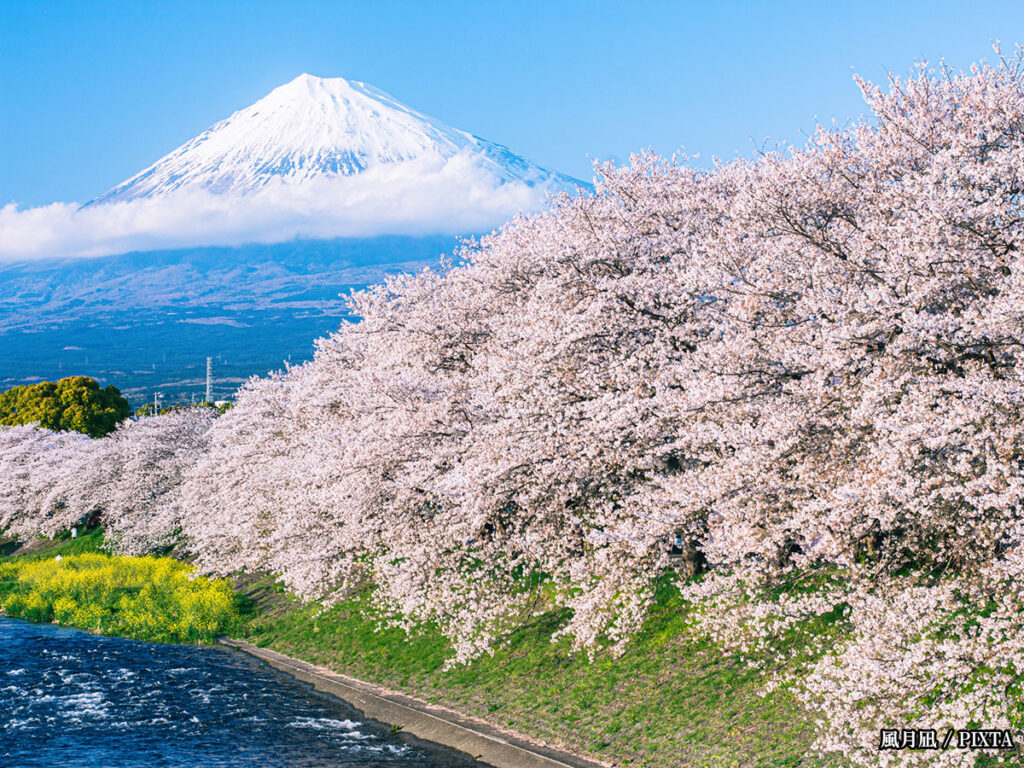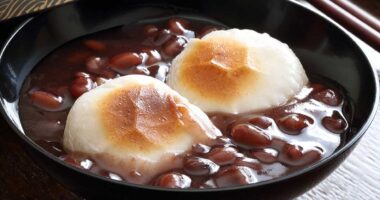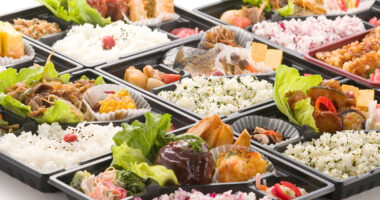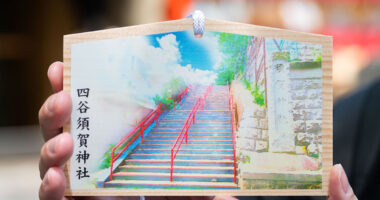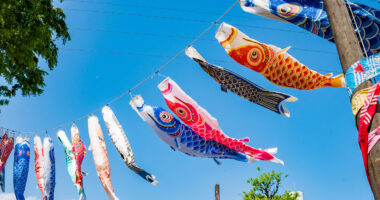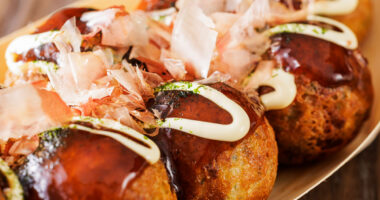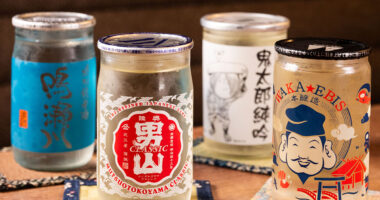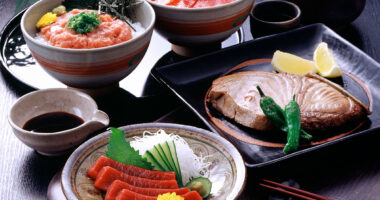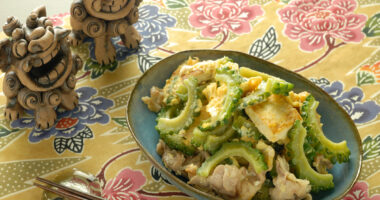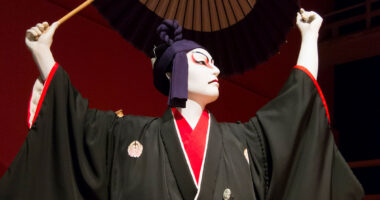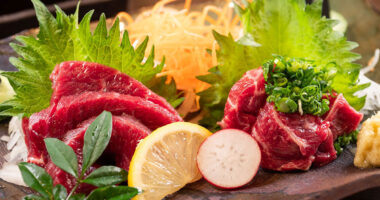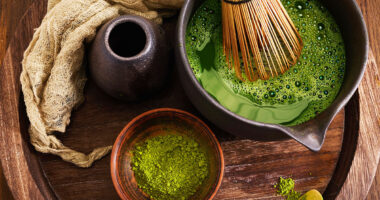From March to May is Japan’s spring season. Known for its fresh seasonal foods, stunning cherry blossoms, vibrant festivals, and exciting outdoor activities, spring is the perfect time to experience Japan’s charm. Here’s your comprehensive guide to making the most of this delightful time of year.
Seasonal Foods
Spring in Japan brings a bounty of fresh, vibrant flavors that highlight the season’s renewal:
Ichigo (Strawberries): Spring is peak season for strawberries in Japan, with varieties like Amaou from Fukuoka and Tochiotome from Tochigi Prefecture being particularly popular. These strawberries are prized for their sweetness, juiciness, and vibrant red color. Many farms offer strawberry-picking experiences, allowing visitors to enjoy fresh, hand-picked berries in picturesque settings.
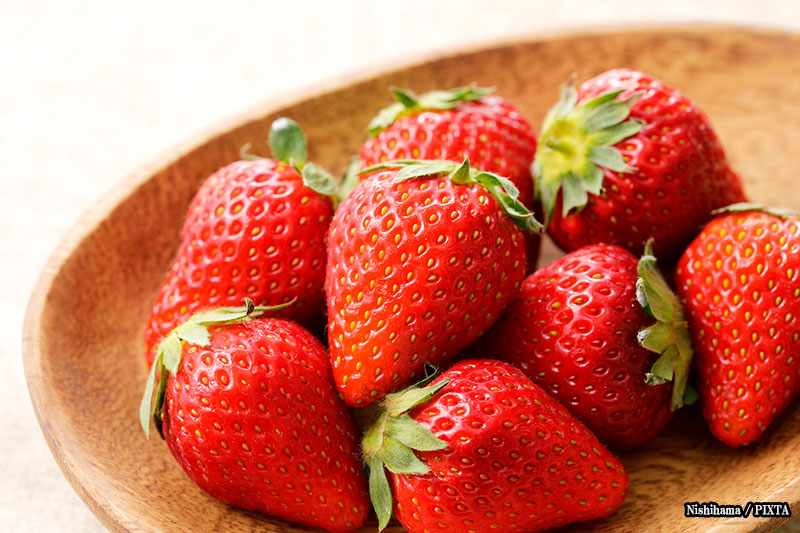
Photo for illustrative purposes
Sakura Mochi: This traditional pink rice cake is wrapped in a salted cherry leaf. Often enjoyed during hanami, sakura mochi comes in two regional varieties: the Kanto style, which has a chewy outer layer, and the Kansai style, featuring a softer mochi wrapped around sweet red bean paste. You can buy sakura mochi not only at wagashi (traditional Japanese sweet) shops but also at convenience stores and supermarkets. It is only available during the spring season.
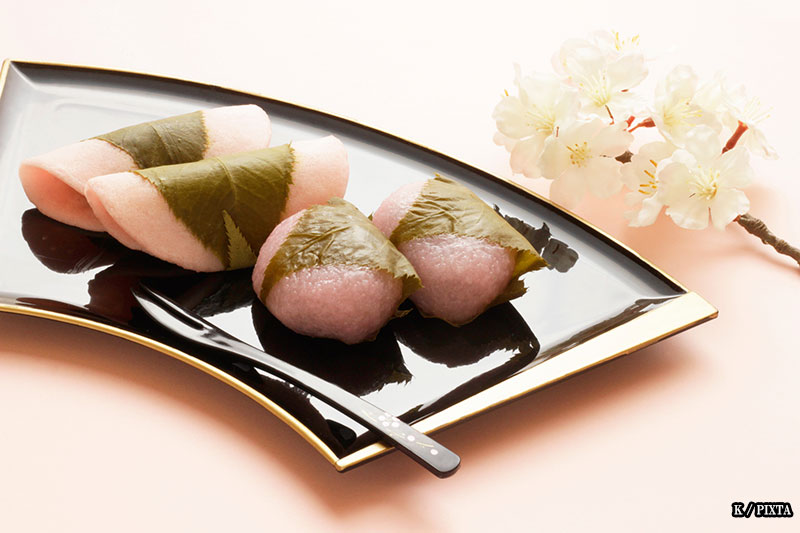
Kanto style (right) and Kansai style (left) sakura mochi (photo for illustrative purposes)
Takenoko (Bamboo Shoots): Fresh bamboo shoots are a springtime delicacy, celebrated for their tender texture and delicate flavor. They are often prepared as nimono (simmered dishes) or takenoko gohan (bamboo shoot rice). You can enjoy this spring vegetable in traditional Japanese restaurants, izakayas, and local eateries, where they are featured in seasonal menus and specialty dishes.
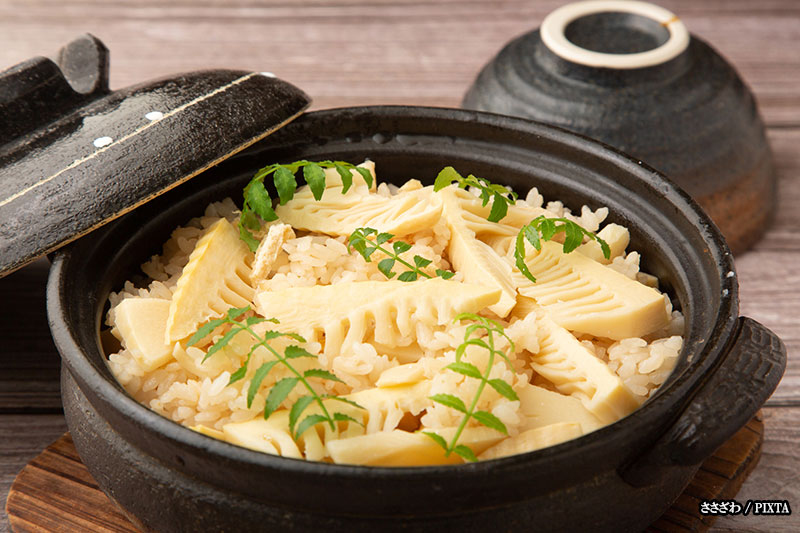
Photo for illustrative purposes
Spring Greens: Young greens like nanohana (rapeseed blossoms) are abundant in spring. These greens are often used in salads, soups, and simmered dishes, offering a slightly bitter taste that pairs well with soy-based sauces and dressings. Additionally, sansai (mountain vegetables) such as fiddleheads and wild herbs add variety and depth to seasonal meals. To fully appreciate their fresh flavors, why not order them in a salad or as tempura, when available at restaurants, to enjoy these vibrant spring greens?
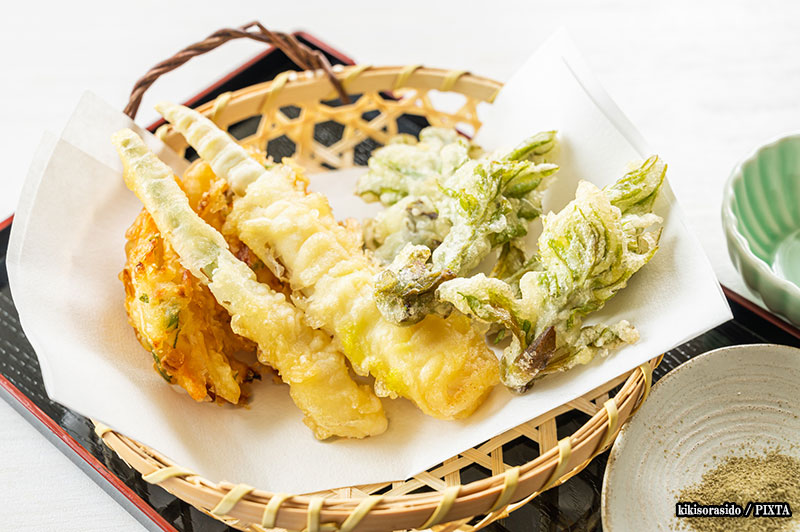
Tempura of takenoko and sansai (photo for illustrative purposes)
Cherry Blossom Viewing (Hanami)
Spring in Japan is synonymous with sakura, or cherry blossoms. Hanami, the traditional custom of flower viewing, is a highlight of the season. Some of the best spots for enjoying the beauty of sakura include:
Chidorigafuchi (Tokyo): Located near the Imperial Palace, Chidorigafuchi offers a stunning moat lined with hundreds of cherry trees. Visitors can enjoy boat rides under the blooming canopy, creating a picturesque reflection of the blossoms on the water. In the evenings, the illuminated paths provide a magical atmosphere for nighttime hanami, making it a favorite spot for both locals and tourists.
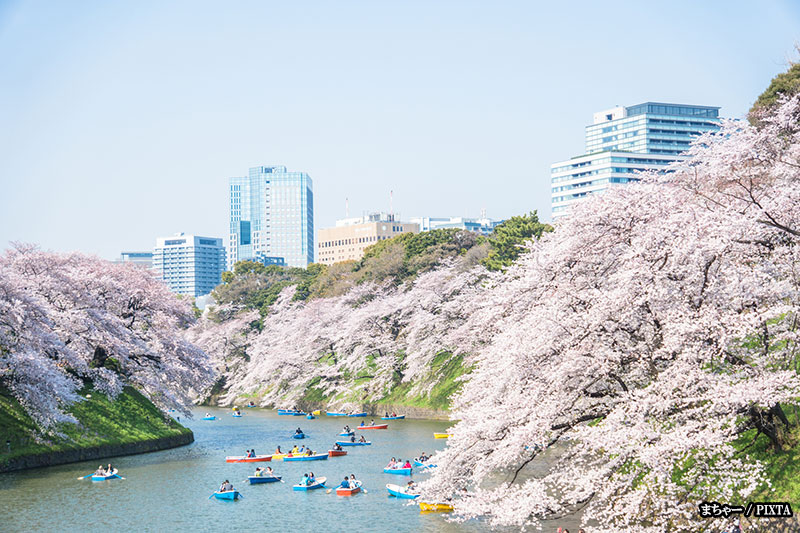
Photo for illustrative purposes
Yoshinoyama (Nara Prefecture): Renowned as one of Japan’s top cherry blossom destinations, Yoshinoyama features over 30,000 cherry trees spread across its mountainous terrain. The area is especially famous for its weeping sakura and some of the oldest sakura trees in Japan, providing a breathtaking and serene hanami experience. Hiking trails offer panoramic views, and the site is recognized as a UNESCO World Heritage location, adding historical significance to the natural beauty.
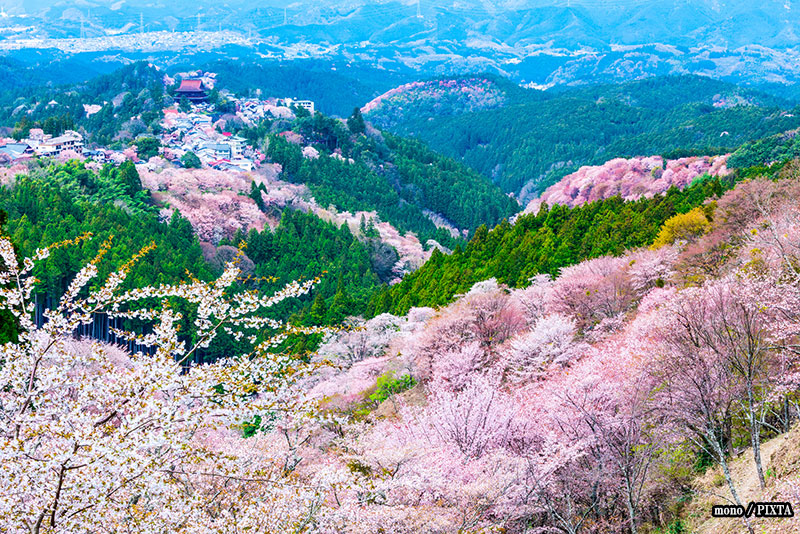
Photo for illustrative purposes
Takato Castle Ruins Park (Nagano Prefecture): Home to over 1,500 cherry trees, Takato Castle Ruins Park is celebrated for its long, graceful branches and vibrant colors. The park offers panoramic views of the surrounding mountains, making it an ideal spot for both daytime and nighttime hanami festivities. The combination of historical castle ruins and blooming cherry trees creates a unique and picturesque setting.
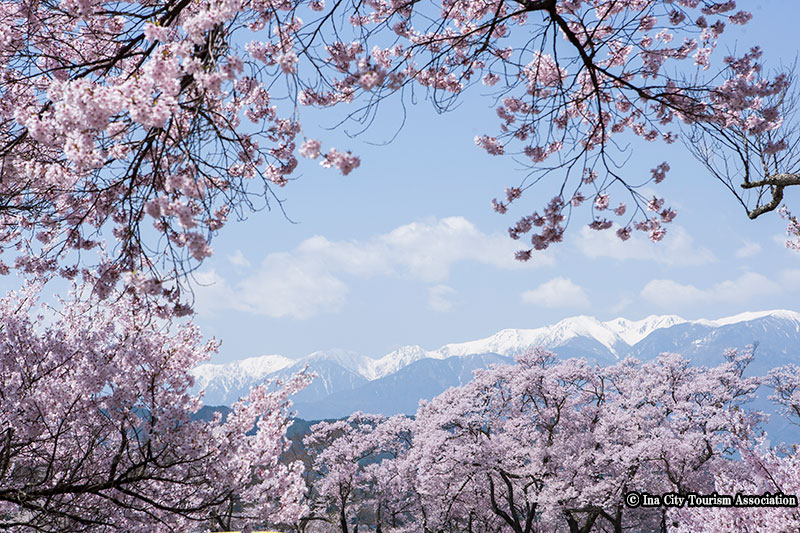
Photo for illustrative purposes
Outdoor Adventures and Activities
Spring’s mild weather makes it ideal for outdoor exploration and adventure in Japan:
Hiking in the Japanese Alps: As the snow melts, trails like Kamikochi in Nagano offer stunning mountain views, clear rivers, and lush greenery. Spring hikes in the Japanese Alps provide a refreshing experience with blooming alpine flowers and diverse wildlife. Popular trails include the Taisho Pond Circuit and the hike to Myojin Pond, both offering breathtaking vistas and serene environments.
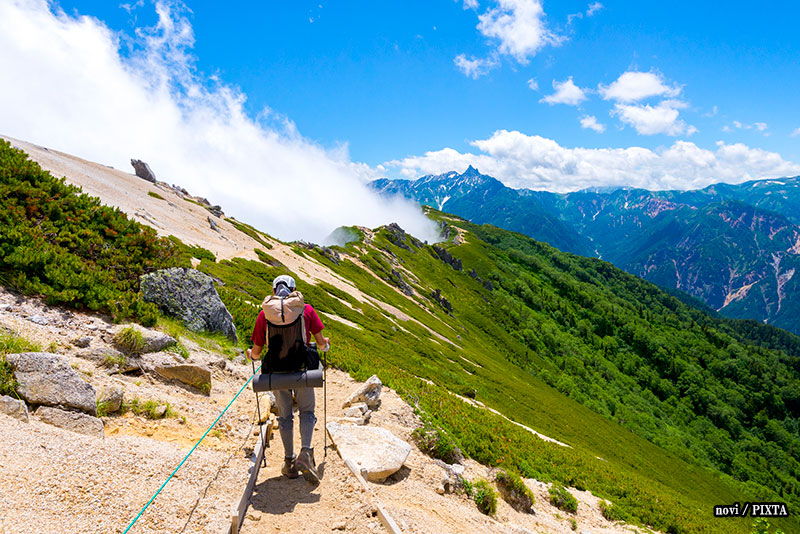
Photo for illustration purposes
Cycling Along the Shimanami Kaido: This 70-kilometer cycling route connects Honshu and Shikoku islands via a series of bridges and islands in the Seto Inland Sea. Cyclists can enjoy incredible views of the sea, picturesque island villages, and vibrant landscapes. The Shimanami Kaido is well-equipped with bike rental shops, rest stops, and scenic viewpoints, making it accessible for both seasoned cyclists and beginners.
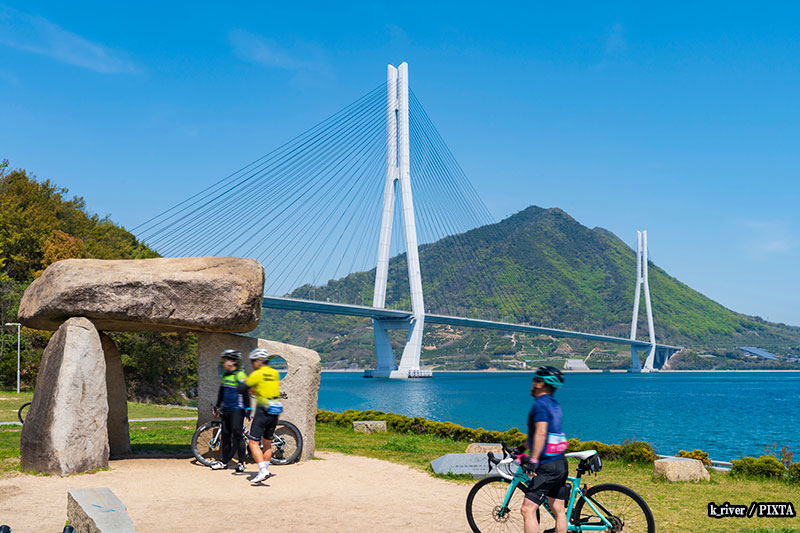
Photo for illustrative purposes
Spring Festivals and Cultural Events
Spring is a time of celebration, with festivals and traditions that showcase Japan’s rich culture and heritage:
Hinamatsuri (March 3): Also known as Doll’s Day, Hinamatsuri involves displaying ornamental dolls that represent the Emperor, Empress, and their court. Families celebrate by enjoying foods like chirashi sushi and sweets such as sakura mochi. Public displays of hina dolls can be seen at places like the Tokugawa Art Museum in Nagoya, various shrines and temples, and upscale hotels.
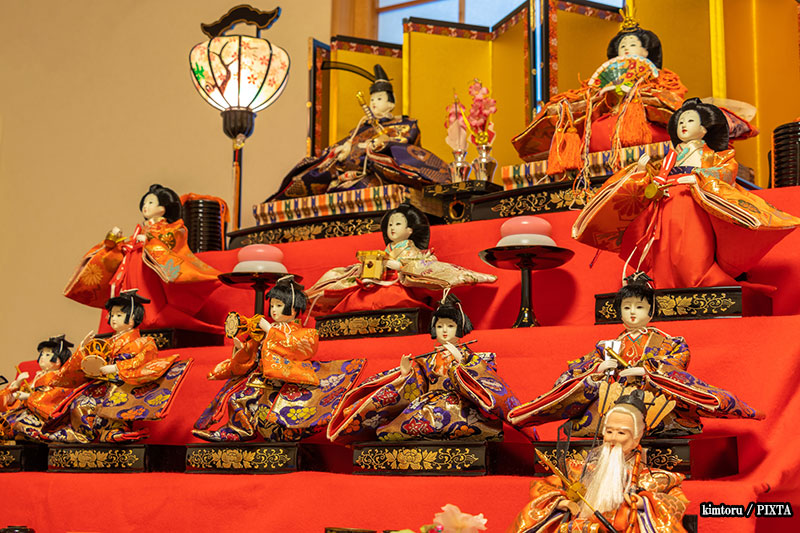
Photo for illustrative purposes
Golden Week (Late April to Early May): Golden Week is a collection of national holidays grouped together within a short time span, making it one of Japan’s busiest travel seasons. During this time, popular destinations like Kyoto, Tokyo, and other major cities experience large crowds, so be prepared for crowded attractions and transportation. For more details, check out our previous article on Japanese Holidays.
Children’s Day (Kodomo no Hi) (May 5th): Children’s Day, celebrated on May 5th, is part of the Golden Week holidays and is dedicated to celebrating the happiness and well-being of children, particularly boys. Families fly koinobori (carp streamers) outside their homes to symbolize strength and success, inspired by the carp’s determination to swim upstream. Traditional treats like kashiwa mochi—rice cakes wrapped in oak leaves—are enjoyed. These can also be purchased in supermarkets and sometimes, even convenience stores so you can try them too.
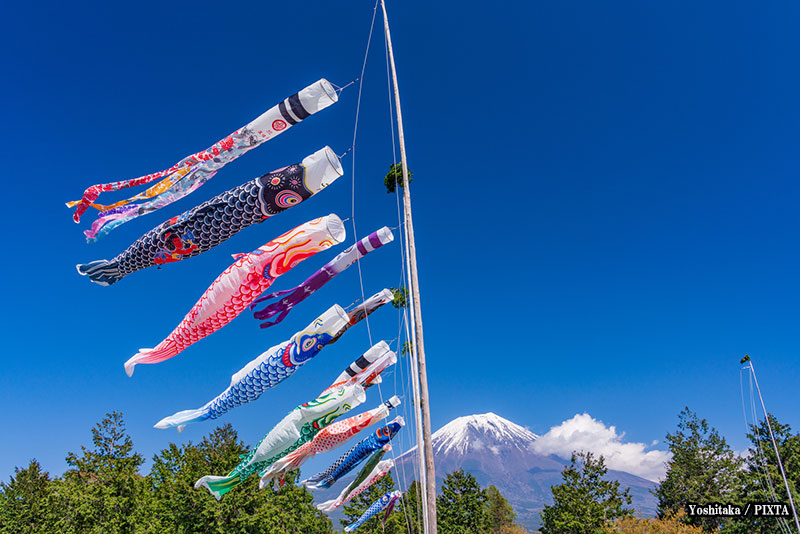
Photo for illustrative purposes
Aoi Matsuri (May 15): One of Kyoto’s main annual festivals, the Aoi Matsuri features a grand procession dressed in traditional Heian-period attire. Participants carry decorated umbrellas and parade from the Imperial Palace to the Kamo Shrines, highlighting Kyoto’s cultural heritage.
Kanda Matsuri (mid-May): Held in Tokyo, the Kanda Matsuri is one of the city’s major Shinto festivals, alternating annually with the Sanno Matsuri. The next one is scheduled for 2025. It features lively parades, with thousands of participants carrying mikoshi (portable shrines) through the streets of the Kanda district, which eventually make their way to the Kanda Myōjin shrine.
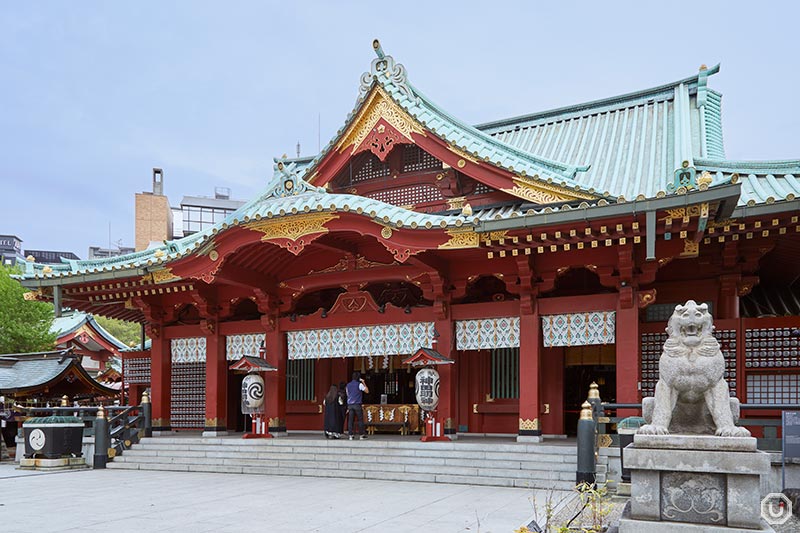
The main hall of the Kanda Myojin shrine which hosts the Kanda Matsuri festival
From the fresh and flavorful seasonal foods to the stunning cherry blossoms, exciting outdoor adventures, and vibrant festivals, there’s something in Japanese spring for everyone to enjoy. Make the most of this magical time of year by immersing yourself in Japan’s spring charm!
